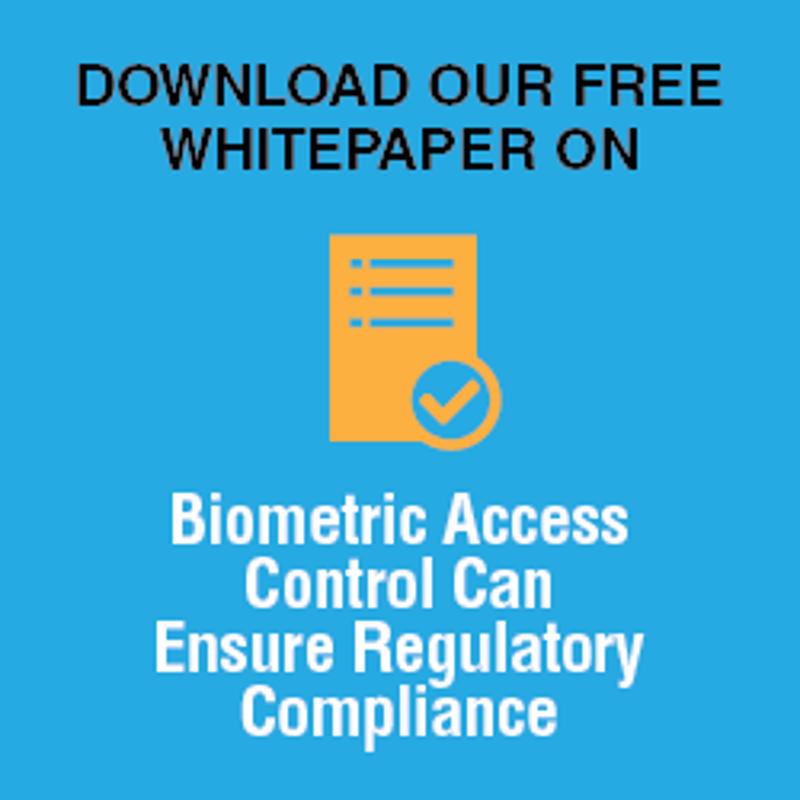One of the biggest trends of the still-fledgling 21st century involves the proliferation of devices connected to an expanding Internet of Things (IoT). These smart gadgets can connect to the Internet, provide mobile access, give insightful analytics, and work cohesively to optimize efficiency. The potential applications of this trend are limitless – the IoT is popping up everywhere from offices to kitchens to laundry rooms. But as of yet, it is unclear exactly how and where the IoT might best be implemented.
One application of the IoT that is gaining some attention is in the data center. The need for efficient resource management and constant surveillance make data centers a prime opportunity for smart devices to flourish. While household smart appliances offer cosmetic upgrades and minor conveniences to homeowners, similar technology, when deployed in the data center, could save companies time and money.
The integration of the IoT with data centers goes both ways – smart devices can change the way a data center operates, and data centers can help house the new information generated by smart devices in other fields.
Growing IoT requires more room for data
According to ZDNet, devices on the IoT are forecast to reach anywhere from 30 to 50 billion in number by 2020, while the industry itself could grow to $8.9 trillion. With the growth of the IoT comes the requirement for safe, spacious storage techniques. Data centers are the perfect solution – their use of specially-designated server cabinets and state-of-the-art biometric access control gives them the advantage of other, less foolproof data storage options.
This is also where the IoT can help itself out – because of devices' connectedness, a data center equipped with smart technology could effectively manage the incoming IoT data.
"The complexity of deploying and managing large numbers of connected things will require a significant degree of automation in order to scale effectively," wrote Ram Lakshminarayanan, Business Manager of Enterprise Solution Sales for Intel's data center sector, for ZDNet. "Infrastructure must facilitate discovery and the provisioning of new devices without disruption to existing systems and processes."
IoT could benefit security platforms
Data security is always a concern, as hackers and untrustworthy employees regularly threaten a company's digital safety. The best data centers use some of the most advanced security systems available, in the form of biometric technology. This platform requires a biological ID from anyone attempting to gain access – most commonly, a fingerprint. Because these unique signatures cannot be stolen, lost, guessed or otherwise compromised, they offer the best solution available.
But unfortunately, security threats are always present and thinking of ways to thwart existing technology. It is not enough to install a system and be done with it – data center managers should keep themselves perpetually informed as to the activity in the building. IoT devices give them that access, even when they aren't in the office.
Data Center Dynamics pointed out the benefits the IoT could provide in terms of center efficiency. Smart devices can perform self-analysis and determine how to achieve optimal performance in the data center. Additionally, these systems can provide data center owners with constant, real-time updates. Managers will know if something is awry, if an area has been breached, and if a system is down. This added level of security would make a data center even more difficult to breach.
As the IoT expands, its influence will likely be felt across every industry, either directly or indirectly. But data centers are one front in which the IoT could be a major factor, both directly and indirectly.
